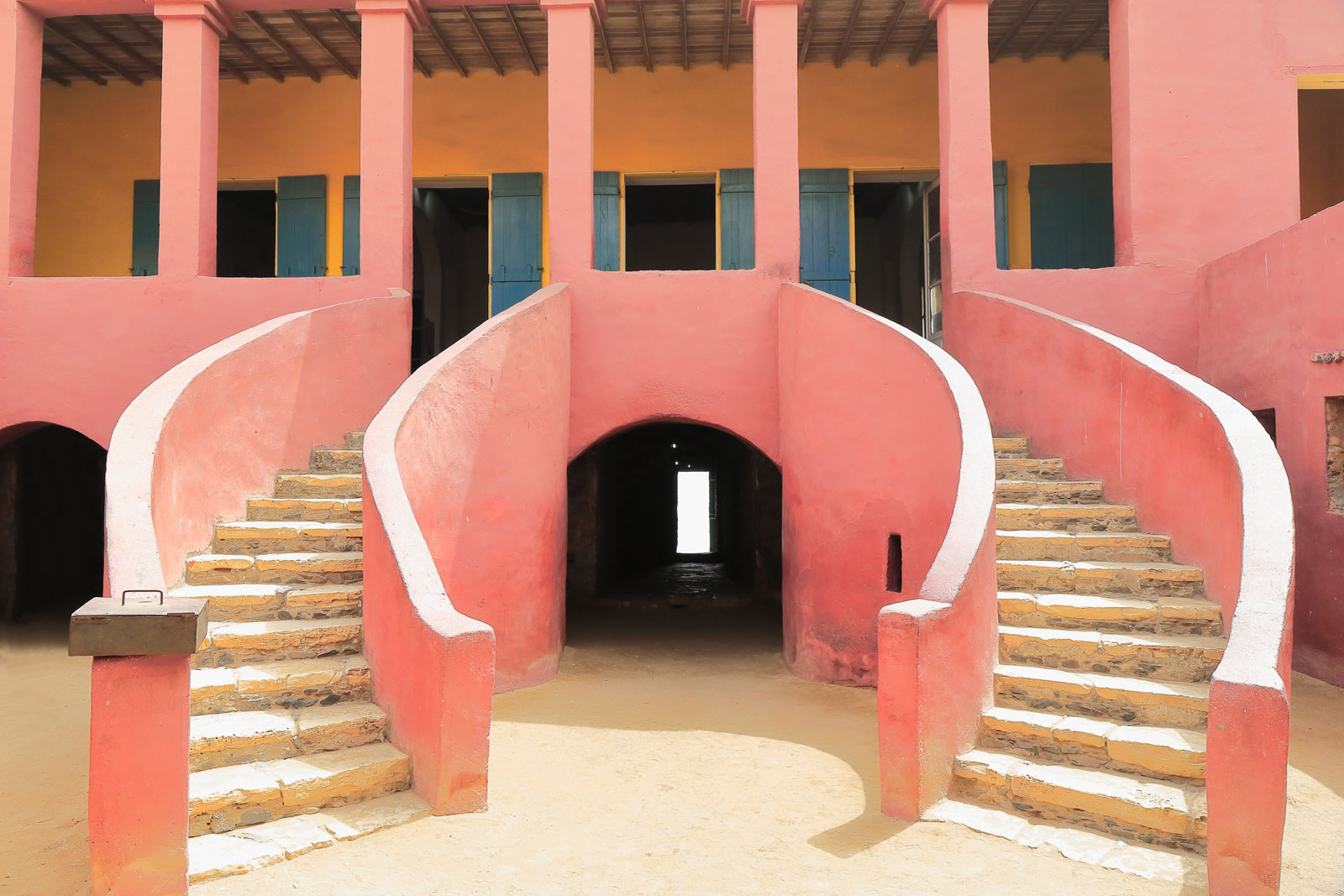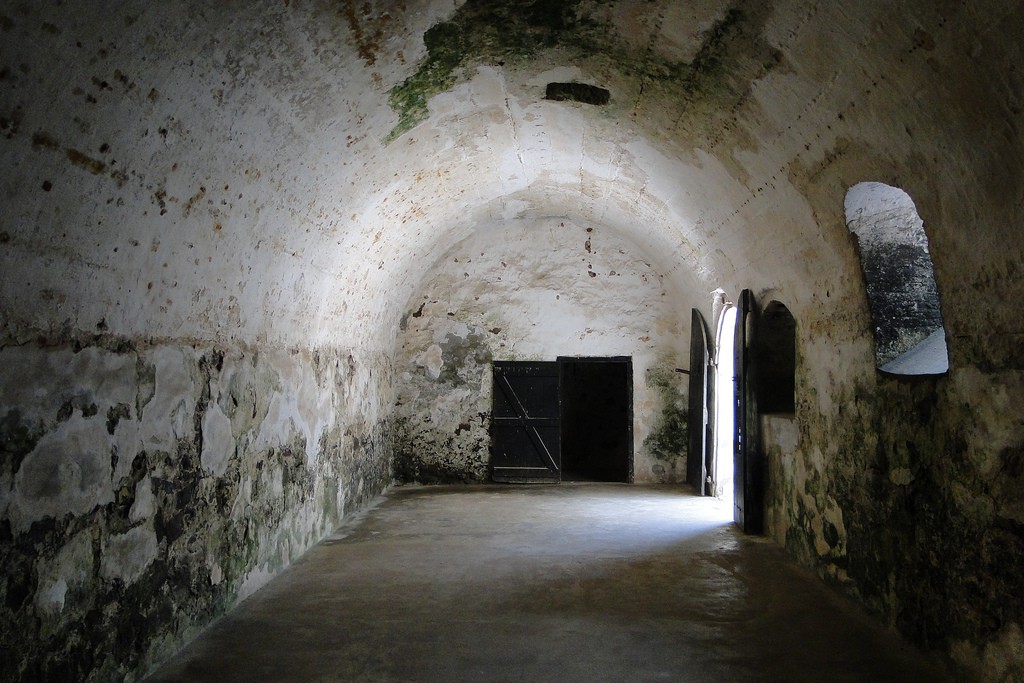
HOUSE OF SLAVES
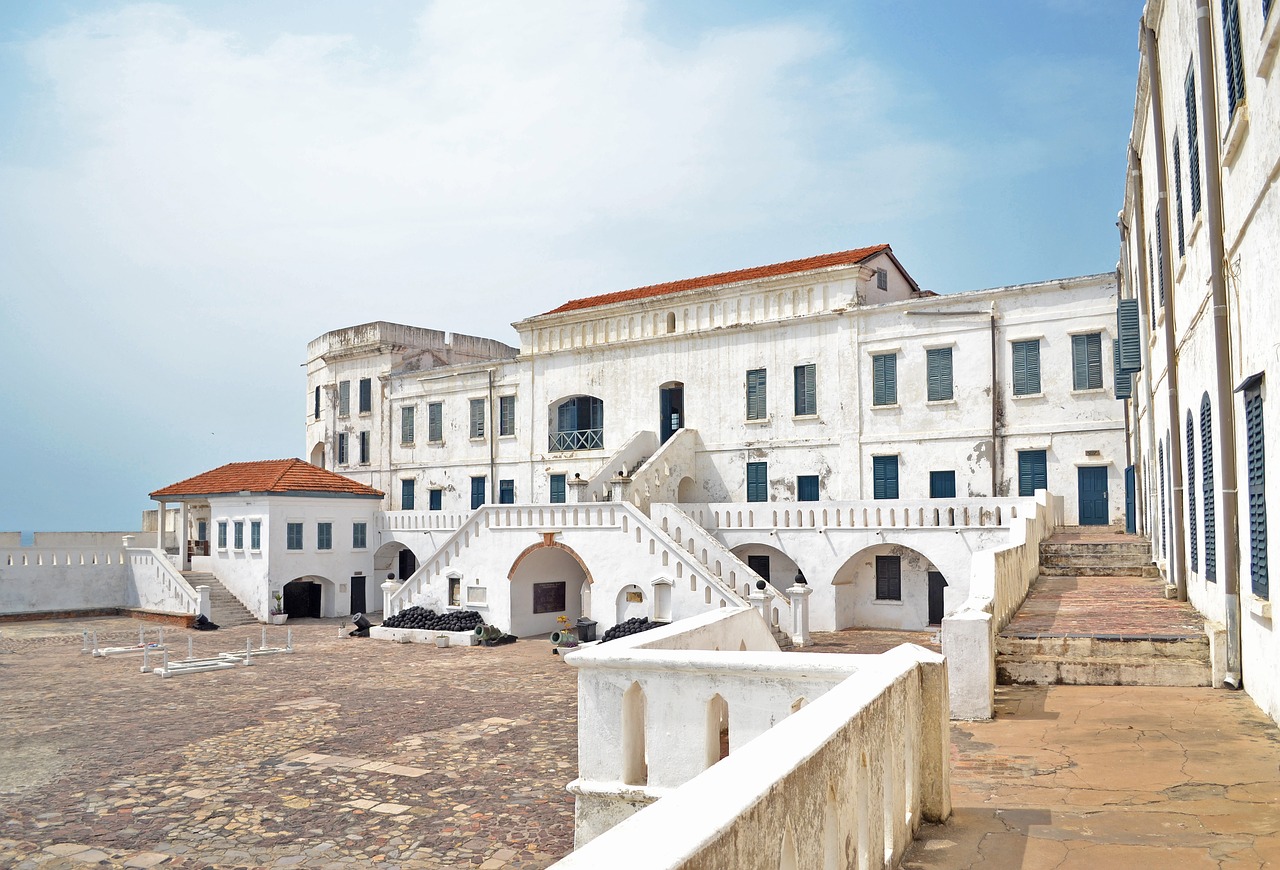
SLAVE SHIP
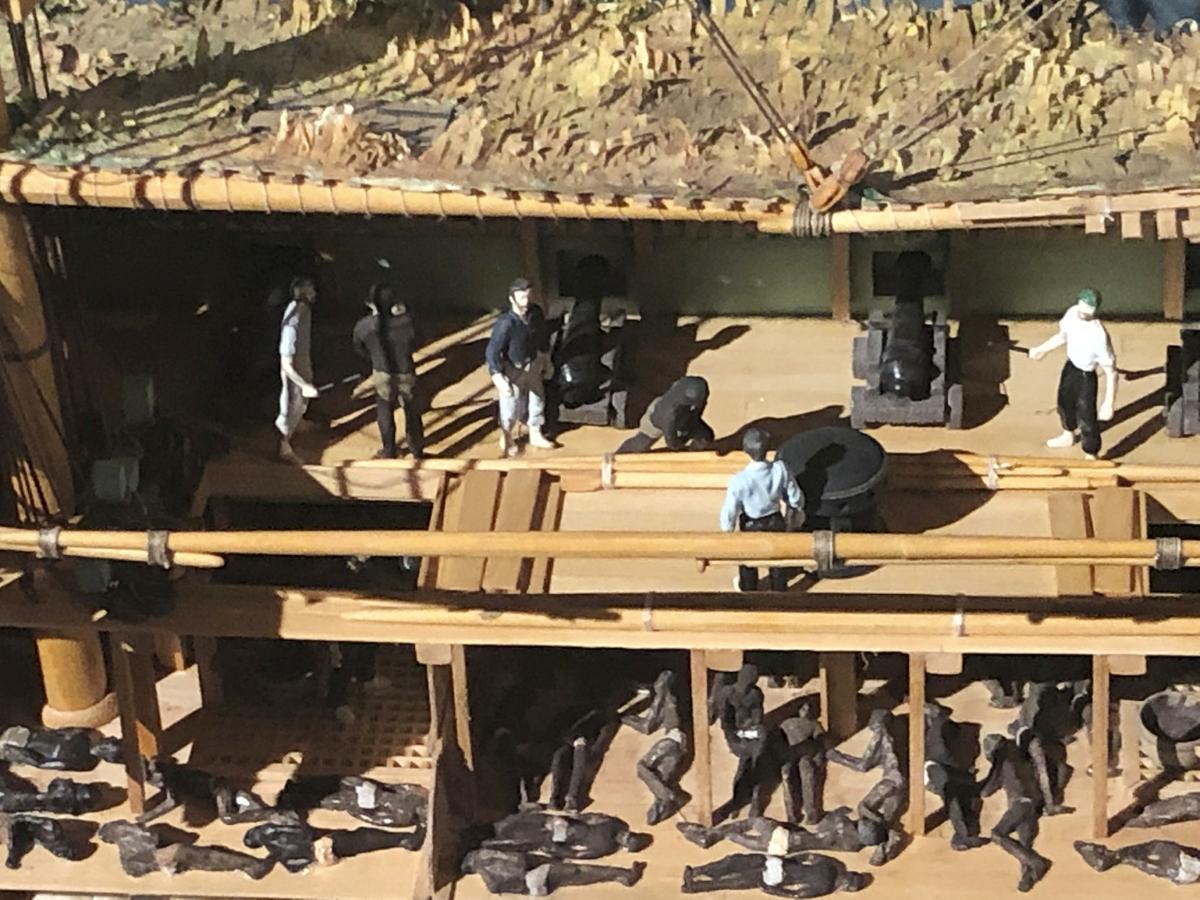
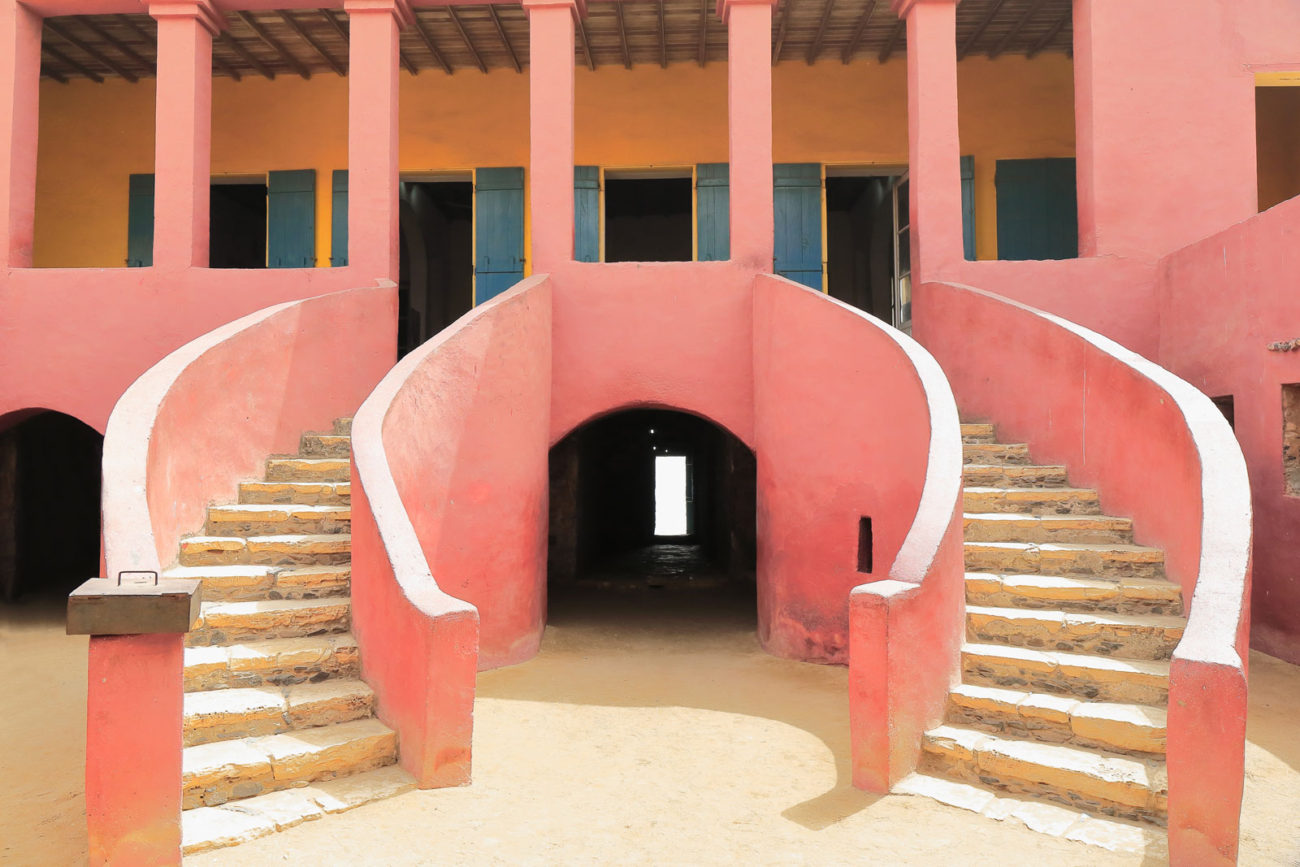
A tiny island off the coast of Senegal, Gorée was the largest slave-trading center on the West African coast between the 15th and 19th centuries. Maison des Esclaves (House of Slaves), a striking red house built on the island in 1786, is said to memorialize the final exit point of those enslaved in Africa. Converted into a museum and memorial in 1962, the building shares a more intimate story about the slave trade, documenting personal stories from the owners of the house and the enslaved people who worked there. We’re going to teleport you through the exciting VR journey, narrated by a 16 year old of west African descent. (This VR tour is coming soon)





